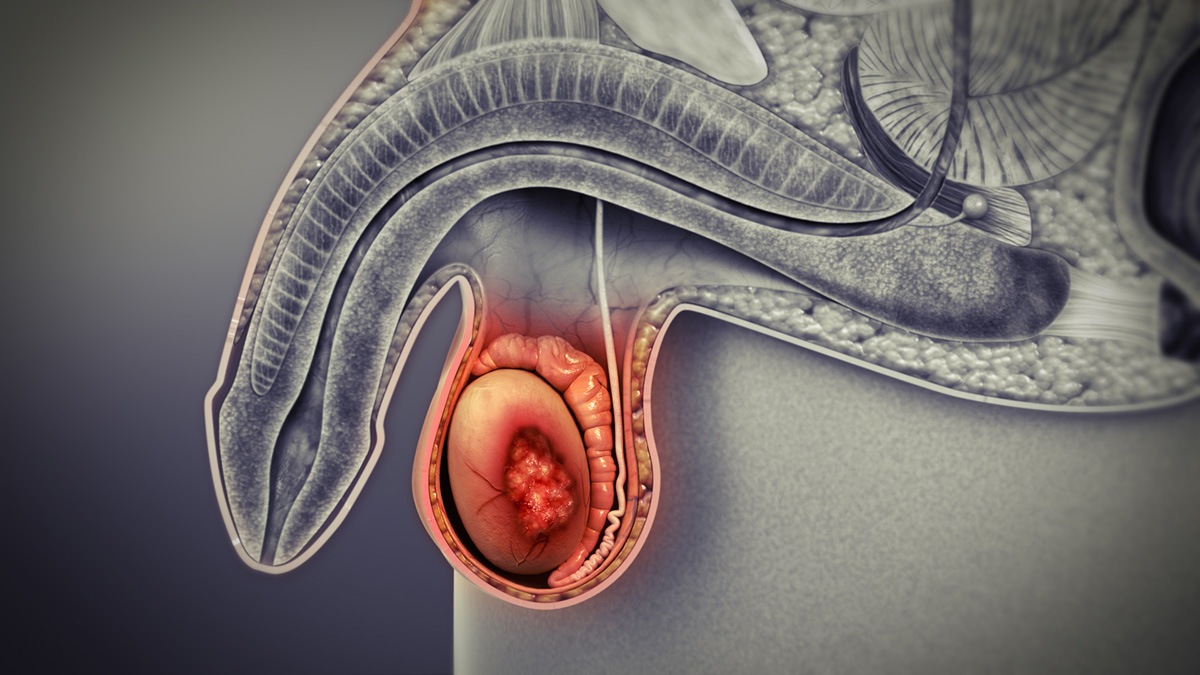
Testicular cancer is considered not to be a common type of cancer among men. This type of cancer develops on the part of the male reproductive system called the testicles. According to the data, there are more than 8,000 new cases of testicular cancer every year in the United States alone. The situation is a bit different in the United Kingdom and there are about 2,000 men who are diagnosed with testicular cancer every year. The experts claim that one man out of 250 will develop testicular cancer at some point in his life. This means that 0.4% of all men are affected by it. It is mostly men aged between 20 and 39 years of age who are diagnosed with testicular cancer. Younger men can develop it as well but these cases are extremely rare. However, testicular cancer is known to have one of the highest cure rates among all types of cancer. Almost 90% of all patients diagnosed with testicular cancer are treated successfully.
Signs and symptoms of testicular cancer
Testicular cancer is known to have certain signs and symptoms which make the diagnosis a task which is not that hard. The most commonly seen sign of testicular cancer is a lump or swelling in the testes. The experts believe that men should not perform routine testicular self-exams. Even thought the doctors have urged men to go on regular screenings, nowadays which is not the case because it was proved that screening for testicular cancer does not decrease morbidity and mortality. However, certain tests should be performed on a monthly basis according to certain experts. This is especially important in cases where there is a family history of testicular cancer. Apart from the lump in the testes, there are other symptoms as well. Some of the more commonly seen include sharp pain or dull ache in the lower abdomen or scrotum, a feeling of heaviness in the scrotum, breast enlargement due to effects of certain hormones and low back pain tumor spread all the way to the lymph nodes along the back. Testicular cancer is known to spread to other organs, except to the lungs. A person will experience certain other symptoms as well if that is the case. Some of these symptoms are shortness of breath, coughing of blood and a lump in the neck which occurred due to metastases to the lymph nodes.
Staging
After being removed, the tumor from the testes is being staged by a pathologist. The process of staging is being performed according to the TNM Classification of Malignant Tumors. The experts have come up with three stages of testicular cancer and all of the stages have subclassifications. It is important to know that the size of the tumor is not at all relevant to the process of staging. In stage I, the cancer remains localized in the testes. That is not the case in stage II and the cancer involves the testes and metastasis to retroperitoneal or Paraaortic lymph nodes. In some cases the cancer metastasis to both of these lymph nodes.Stage III of testicular cancer is the most severe because the cancer has metastasis beyond these two lymph nodes. The experts have also subdivided stage III testicular cancer into non-bulky stage III and bulky stage III.
Treatment options
Almost all types of cancer have the same treatment plan. It is not any different with testicular cancer either and those diagnosed with it are offered in most cases chemotherapy and radiotherapy, after the surgery to remove the affected testicle. The proper treatment will also depend a lot on the size and shape of the cells of tumor under the microscope. The stage of progression at the time of the surgery is important as well when it comes to making a treatment plan. In cases where the cancer has not advanced too much, the patients will be offered careful surveillance by often CT scans and blood tests. Nowadays, the survival rates for testicular cancer are excellent but that was not the case several decades ago. The survival rates were extremely low before the year 1970. At that time adjuvant chemotherapy was introduced and that increased the survival rates immensely. The data claims that there are more than 8,000 men diagnosed with this type of cancer every year but only 400 men or less die because of the testicular cancer. The situation is the same in the United Kingdom and the survival rates are nowadays near 95%. Surgery is a commonly used treatment for this type of cancer. It is performed by an urologist. In case of radiation therapy, the patient will receive treatment from a radiation oncologist. The third most commonly used treatment option for testicular cancer is chemotherapy and it is administered by a medical oncologist. The testicular cancer is most likely to be cured readily with minimal long-term morbidity.



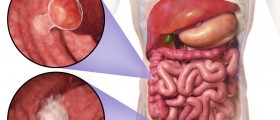





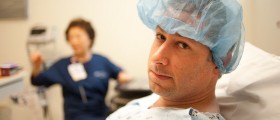


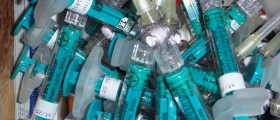

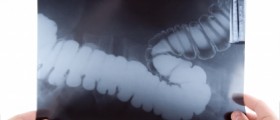
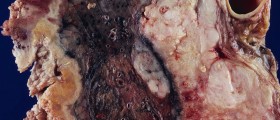

Your thoughts on this
Loading...